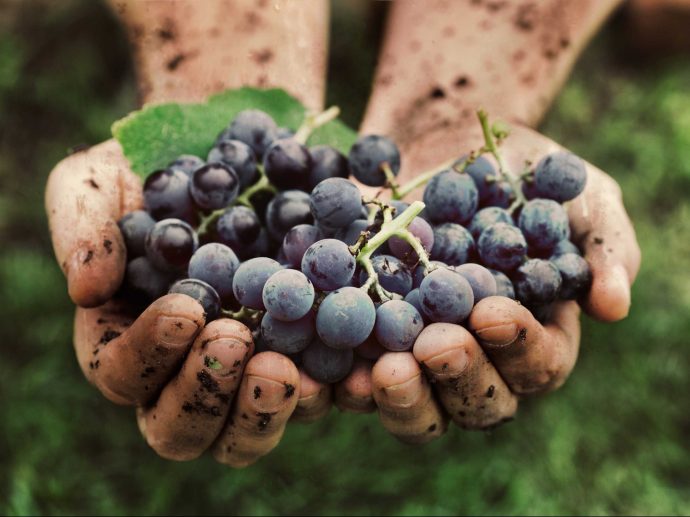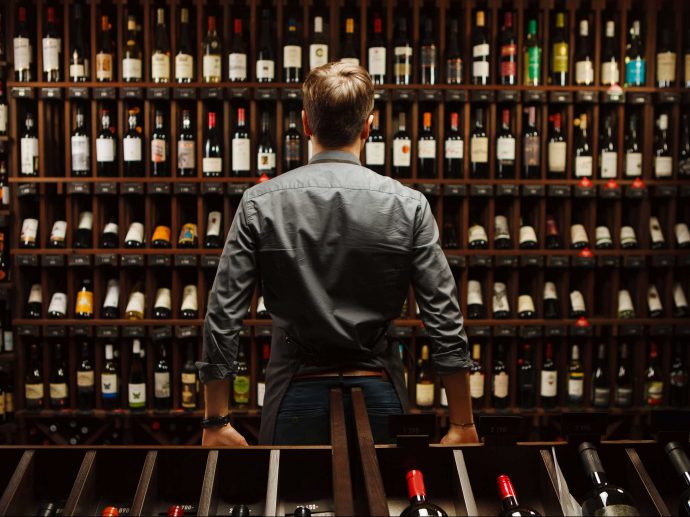Categories more
- Adventures (17)
- Arts / Collectables (15)
- Automotive (37)
- Aviation (11)
- Bath, Body, & Health (77)
- Children (6)
- Cigars / Spirits (32)
- Cuisine (16)
- Design/Architecture (22)
- Electronics (13)
- Entertainment (4)
- Event Planning (5)
- Fashion (46)
- Finance (9)
- Gifts / Misc (6)
- Home Decor (45)
- Jewelry (41)
- Pets (3)
- Philanthropy (1)
- Real Estate (16)
- Services (23)
- Sports / Golf (14)
- Vacation / Travel (60)
- Watches / Pens (15)
- Wines / Vines (24)
- Yachting / Boating (17)
What To Know About Luxury Wines
Published
08/30/2020Luxury wines are alcoholic drinks consumed by the rich and affluent around the world. Beyond pricing, an extremely detailed production process distinguishes luxury wines than the cheaper ones.
There are several varieties of luxury wines, which are grouped into two main categories: white and red wines. They’re sold in selected physical and online wine shops, such as Usual Wines.
Here are the things you should know about luxury wines:
1. They Are Specially Cultivated In Select Location
Luxury wines can be traced to select vineyards in the world, which are even dated back to the 18th century and are situated on expensive estates. They’re preserved with specific viticulture practices such as biodynamics. Biodynamic luxury wines go through an entirely organic process from the vineyard to storage.
Vineyards for luxury wine grapes also undergo specialized care, including the following:
- To ensure year-round watering of the vines, irrigation systems are installed.
- For adequate airflow and sunlight, adequate spacing is allowed between rows.
- Regular hand pruning is done to remove excess leaves and poor grape clusters.
2. The Types of Grapes Used
Wine grapes are the basic ingredient for producing both cheap and luxury wines. Surprisingly, luxury wines don't require rare grape species for production.
Some of the commonest grape species used for luxury wines include:
- Cabernet Sauvignon: This is Napa Valley's favorite species, with a 40% dominance in its grape production. It ages well due to its firm tannins and acidity level of 3.75. It produces black fruit flavors such as black currant, cherry, and plum.
- Chardonnay: This is a green-skinned grape species used for luxury white wine production, which also originates from Napa Valley. It produces a variety of light to rich, fruity flavors, depending on the climate’s conditions.
- Pinot Noir: This is a grape variety popularly cultivated in cooler climates, such as Burgundy, France. The Pinot Noir is a rather complex grape variety to grow but highly cherished for its distinct red fruit aromas.
3. Ripened State
The ripen state of grapes used in luxury wines is scrutinized for perfection. This is because grapes don't continue to ripen after harvest, like other fruits. Hence, before they're harvested for luxury wine production, ripeness must be confirmed.
Phenolic ripeness or physiological ripeness of grapes is confirmed by considering the tanning changes occurring in grape skins, seeds, and stems.
Phenolic ripeness is a subjective approach for confirming ripeness. It’s used along with the following objective testing factors:
- Sugar Content: The soluble solids in grapes consist mostly of sugar consisting of glucose and fructose. It’s the sugar in grapes that gets fermented into alcohol, which must be predetermined. The level of sugar in grapes is measured in degree Brix, which determines the amount of sugar per 100 grams. For luxury wines, values between 18 to 24 ºBx are satisfactory.
- Acid Content: Organic acids are also present in grapes, which is responsible for the sour taste of wine. The acidity level is determined by the titration of sodium hydroxide for neutrality in grape samples, which is then calculated in a formula to determine the total acid content.
- pH Level: The pH level of grapes measures active acidity, ranging from values 0 to 6 on the pH scale. It determines oxidation levels, wine colors, and flavor. Both white and red wines are harvested between 3.1 to 3.5 pH levels.
4. Harvesting
Hand harvesting is employed for grapes used in making luxury wines. This is because it facilitates a more delicate handling process than machine harvesting. This eliminates grape skin breakage, an undesirable occurrence that facilitates microbial growth, oxidation, and aromatic browning.
Hand harvesting is a labor-intensive process that requires multiple trips through the grape field for ripe grapes. This is one of the major labor costs factored into the pricing of luxury wines.
5. Sorting, Crushing, and Pressing
After harvesting, the grapes are sorted to separate any bad grapes that may have made their way into the bulk of harvested grapes. The sorted grapes are crushed to produce 'must,' including grape skins, seeds, and stems.
The must is then fermented in the presence of special yeast compositions for various luxury wines. The fermentation process for luxury wines occurs in special tanks that ensure ideal temperature levels, great cap ratios, and optimum flavor and color extraction. The fermentation process–converting sugars to alcohol–takes up to a month to complete.
After the fermentation process, pressing follows. For the best juice strain, luxury wine pressing is done only once. This is different from bulk wine pressing, which is done multiple times until all the grapes’ juice is extracted. Luxury wine producers reduce wastage by pressing the second time to produce a different strain often sold under a different name.
6. Aging
Most luxury wines are still being aged in oaks, a natural process that adds flavors and improves wine taste. The aging process spans from 1 to 2 years for luxury wines.
American and French oaks are both used in luxury wine production. The choice of which oak to use is dependent on the type of flavors you want in your wine. French oaks produce coffee and chocolatey flavors, while American ones produce vanilla, cream soda, and coconut flavors.
With oak prices ranging from $350 to $2000 per unit, French oaks are typically more expensive than American ones. Luxury wine aging is achieved mostly in new barrels because they produce stronger flavors than old ones.
7. Bottling, Corking, and Labelling
Luxury wine bottles are thicker and heavier than those used for bulk wines. This allows for a longer cellar period, which is a requirement for luxury wines. The accompanying is mechanically capped with corks that feature tighter structures and length.
The labeling of luxury wines also goes through special detailing with signature arts going on the labels. These are often elegant and distinguishable from a distance.
8. Storage, Marketing and Pricing
Luxury winemakers have specialized wine caves and cellars for the storage of their priced wines. They remain in the cave until there’s an order. Some luxury winemakers require a physical visit to their estate for purchases to be made.
Luxury wines are subtly marketed to only the rich and affluent who are more likely to buy them. The price set for luxury wines is typically high as it considers labor, perceived brand quality, and wine age.
Final Thoughts
The high prices of luxury wines are justifiable by their long and detailed production processes. This starts right from the vineyard details, including land quality and overall management. The grapes used in production are hand-harvested and sorted. They’re fermented in specialized tanks and pressed only once. Anything after the first press is considered inferior quality.
They're allowed to mature in brand new oak barrels, which are then specially bottled and corked. The produced wine is stored until they're ordered. Their prices are set and the wine is marketed to those who can afford to buy them.
















